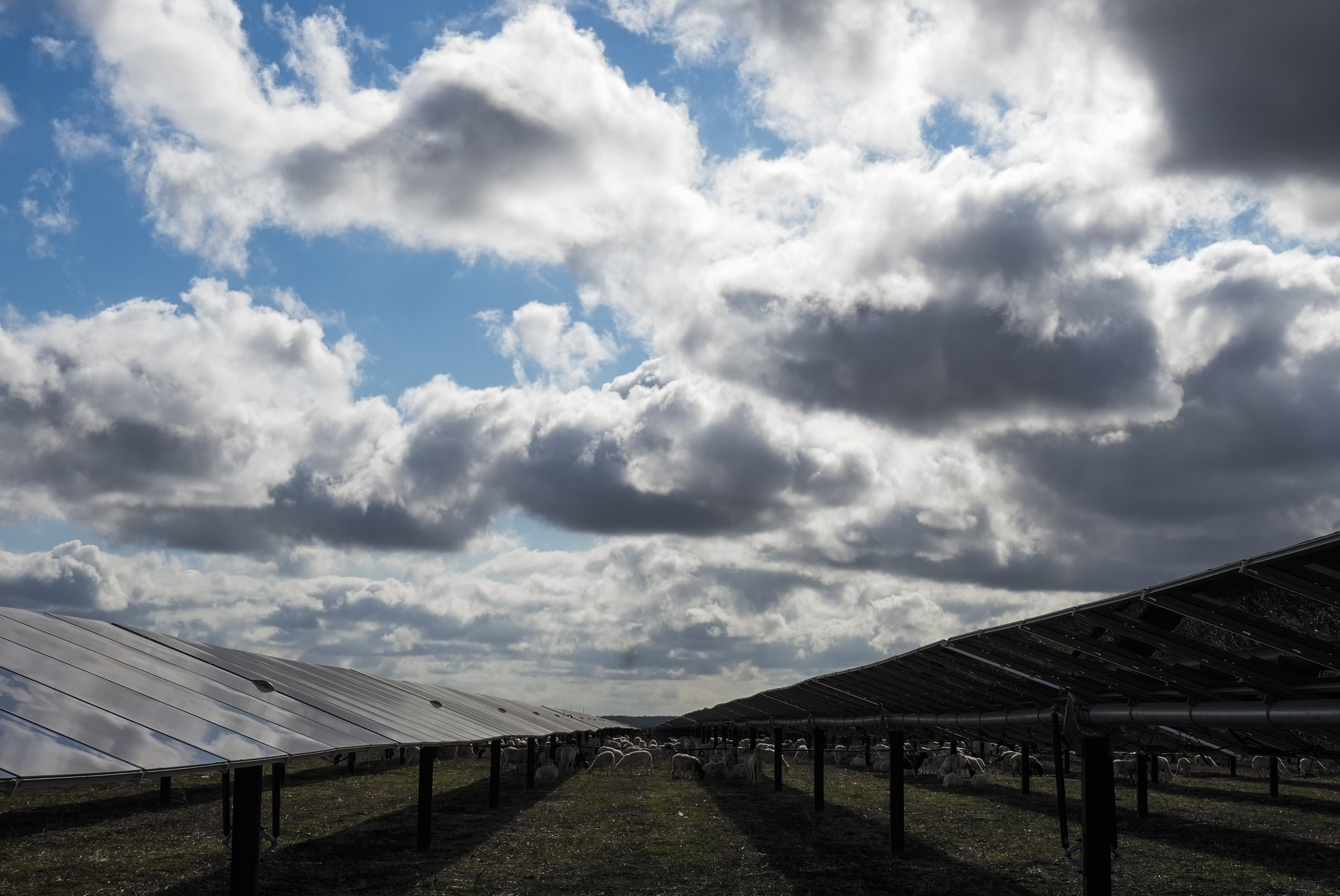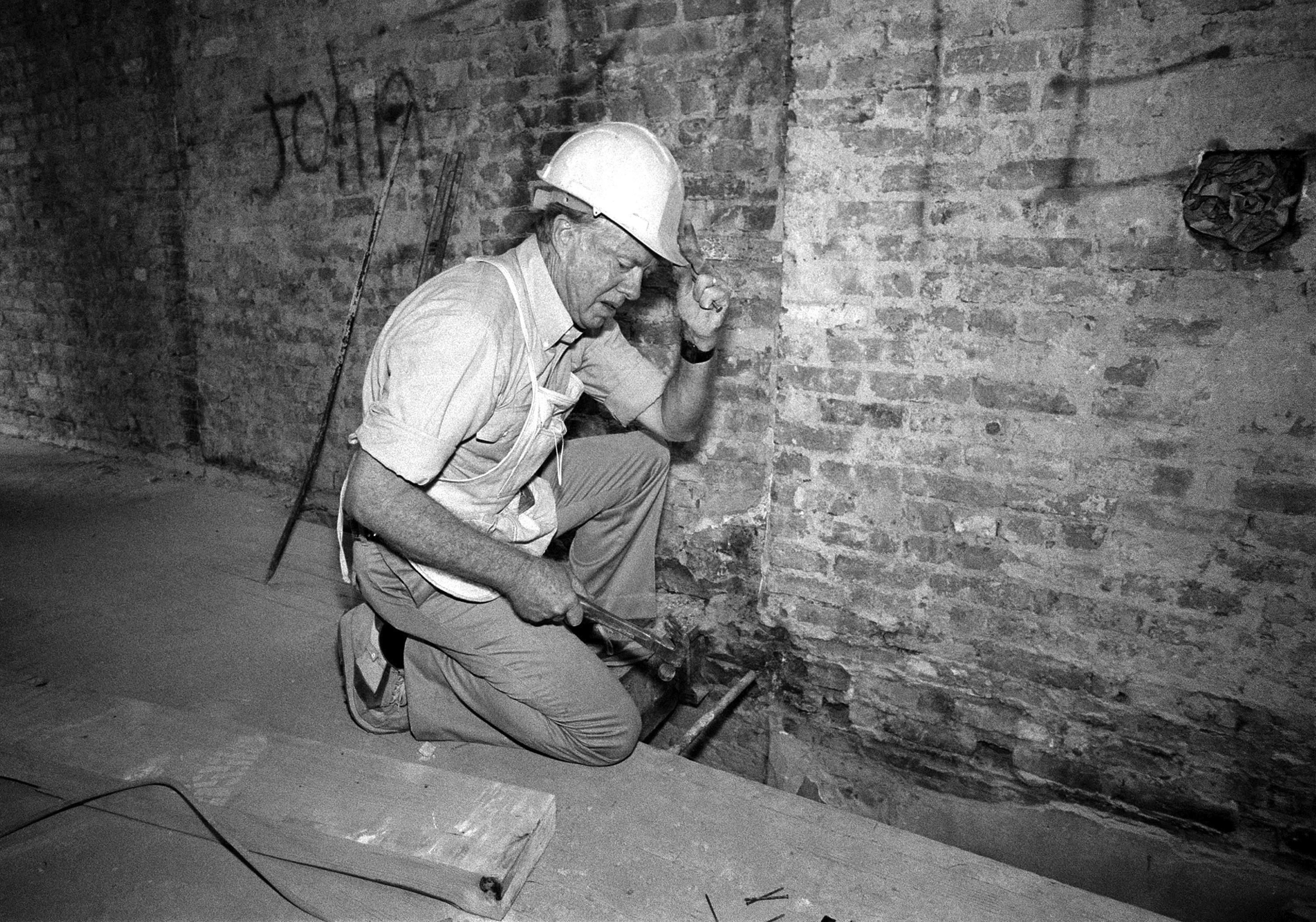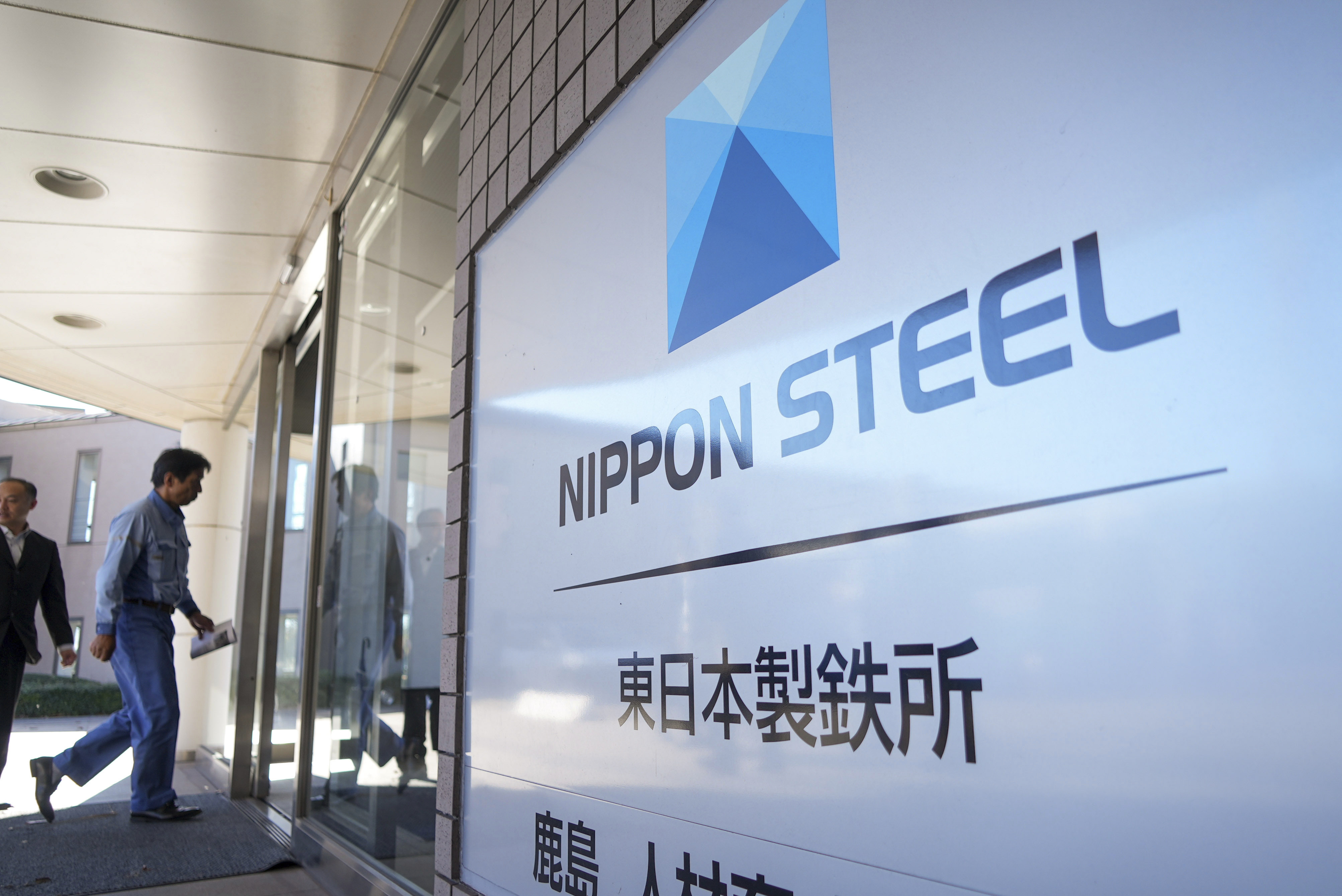JONESTOWN, Texas (KXAN) — With a breathtaking view overlooking central Texas’ Lake Travis, a new home being built in Jonestown is drawing some attention from neighbors. The nearly 7,500-square-foot house has zero wood, brick, or insulation. It is completely made of foam.
“I think the neighbors might have thought I was crazy when they saw the truckloads of foam pull up,” Aaron Rowsell, the homeowner of the three-story house in Jonestown, explained. Rowsell, a former contractor himself, first heard of homes being built with foam about 20 years ago. He said if he ever was going to build his dream home, foam was the material he wanted to use.
Strata International Group Inc. is the Phoenix-based company that developed this groundbreaking building technique. It is known as SABS, or Saebi Alternative Building System, named after its creator Dr. Nasser Saebi.
How does it work?
The company creates large blocks of foam, which are made up of 98% air, that can be shaped and glued together to create the skeleton of the home. Pieces of foam are glued together using a type of liquid foam that cures fast. The walls, the floor, the stairs, everything (except the home’s foundation) is foam.
Once the shape of the house is built, the company coats the entire structure with a patent concrete mixture known as sabscrete. A quarter-inch of the mixture is placed on the entire home to give it a hard shell and more durable structure. Both the foam and concrete mixture are 100% recyclable, according to the company.

Homeowners can then customize how they want the interior and exterior of the home to look.
Amir Saebi, the vice president of Strata International Group, provided 3D renderings, seen below, of Rowsell’s home to show what it will eventually look like.

How does it differ from traditional construction?
The company said the SABS method provides major cost savings to the homeowner and the builder during construction. Because the foam is lightweight, the need for a large construction crew is not necessary.
Saebi said Rowsell’s home can be built using four to five people. Plus, it is cheaper to build with just foam, rather than building with wood.
“Less material used, less labor used,” Saebi explained.
Nexstar’s KXAN got to watch the final piece of foam installed on a portion of the roof. It took four workers to slide the piece into place.
“Sometimes you just shake your head at how they’re putting up a four-foot by four-foot beam that two or three guys are carrying, where as traditional building, you would have a crane out here putting that thing into place,” Rowsell said.
The work site is quieter than the construction site you are used to seeing. The crew does not use saws to cut the foam. Instead, they use a tool called a hot knife that can cut any shape you want out of the foam.
Saebi said the foam home does not need insulation at all because the material is already a great insulator. The company claims its system is the most efficient insulator out of any other building system. That means less energy is used to heat and cool your home.
There are also cost savings on maintenance that regular homes go through, such as termite control or treating mold. No wood in your house means no termites, and the foam will not mold, Saebi said.
Is it safe?
Saebi said the company has permits to build in all 50 states that it obtained through the International Code Council. The company says its homes can withstand earthquakes and are fire-resistant.
Saebi even said the foam structures have been put through models to show it can withstand wind speeds up to 265 miles per hour – for comparison, a hurricane with sustained winds of 157 miles per hour or more is considered a Category 5, according to the National Hurricane Center. An EF 5 tornado has three-second gusts of winds exceeding 200 miles per hour, the National Weather Service explains.
The first-ever home built by the company was completed in the early 2000s in Scottsdale, Arizona. Strata has also constructed foam homes in California, Colorado, Hawaii, New Mexico, Texas, and Utah.

























